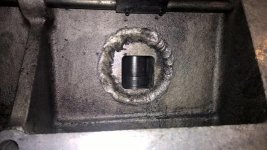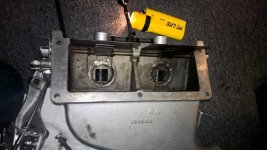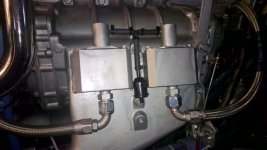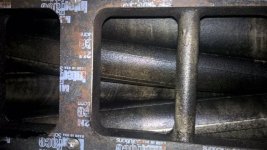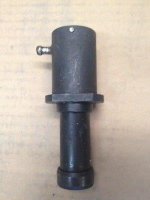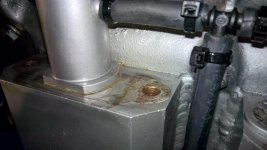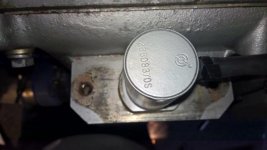Starboard engine leaps to life, press start and it is running. Port did that as well when I bought the boat in November, mechanical surveyor recommended that they be tuned, which I had him do. Then it seemed Port engine started to crank a bit before starting, longer each time. First 2-3 seconds, then 5 seconds, then 5 seconds wait 30 seconds and then it would start after a few seconds. Now it does not start. I have block heaters and even turned up to 120 degrees over night still no joy.
While cranking -- a lot of fog (I assume diesel) immediately comes out the hoses that come from block into an antifreeze bottle, blow by capture I was told, to keep oil out of bilge.
This engine is furthest from start batteries, have not been able to really check connections but initial observations look fine.
Thank you in advance for help.
While cranking -- a lot of fog (I assume diesel) immediately comes out the hoses that come from block into an antifreeze bottle, blow by capture I was told, to keep oil out of bilge.
This engine is furthest from start batteries, have not been able to really check connections but initial observations look fine.
Thank you in advance for help.


